What does it look like in the 21st century?
Mead has undergone a revival in the 21st century, moving from a historical curiosity to a thriving part of the craft beverage industry. While it retains its ancient roots, modern mead production has been influenced by advances in fermentation science, innovative flavor experimentation, and changing consumer preferences.
Our mead is unique in that we source the majority of our honey from our own hives, which have grown from 20 hives at launch in 2018, to 200 hives in 2025. The honey from our region gives our mead a regionally specific flavour due to the makeup of trees, plants and flowers in the Wye Valley. We choose not to focus on the historical angle but instead are pushing mead into the modern era taking inspiration from the world of craft beer and low intervention wines.
How is mead made today?
The fundamental process of making mead (fermenting honey with water and yeast) remains the same, but mead makers today have access to better equipment, cleaner environments, refined techniques, and more consistent ingredients. There is also a greater understanding of how yeast works, which was only first discovered to be the cause of alcohol fermentation in 1857.
Better equipment and yeast selection: Meaderies, or Mazers (mead brewers) use temperature-controlled fermentation tanks, which allow for greater precision and consistency in flavour. Different yeast strains are carefully selected to enhance specific taste profiles.
Ingredient Sourcing & Sustainability: Craft meaderies prioritise high-quality, raw, and locally sourced honey, often working with beekeepers to support sustainable honey production and pollinator health. Some producers even use single-origin honey, which can have as great an effect on flavour as using different grapes in wine, or different hops and grains in beer.
Meaderies less focused on authenticity may opt to use a base of sugar for the fermentation, and then bulk this out with white wine, perhaps adding some cheap imported honey at the end of the fermentation. Even more sadly is that food labeling legislation enables these makers to call their products "mead" and they do not need to disclose the true ingredients, this is sad for the consumer and authentic mead industry alike.
Filtration & Stabilisation: Unlike historical mead, which was often cloudy and varied in taste, modern meads can be filtered for clarity, pasteurised for stability, or aged to remove off-flavours. Some meaderies use innovative methods like cold crashing or sulfite additions (like in wine) to prevent unwanted fermentation.
Diverse Styles & Carbonation: Mead makers today produce a wide variety of meads, from traditional, high-% meads to session meads (lower-alcohol, carbonated, and more beer-like). Mead can be still, sparkling, dry, semi-sweet, or sweet, appealing to a wider range of consumers.
Flavour Innovations: While classic meads remain popular, modern producers experiment with ingredients like herbs, spices, fruit, hops, and even barrel aging in whiskey or wine barrels to add complexity. Some also create mead cocktails or mix mead with other beverages.

Mead in the Craft Beverage Industry
Mead has seen a rise in popularity alongside craft beer, cider, and natural wine. More meaderies have opened worldwide, with the U.S. leading the charge in the craft mead movement (but the UK is catching up!). While still a niche industry compared to beer or wine, mead is increasingly found in bottle shops, bars, and online marketplaces.
With more innovation and mainstream awareness, the 21st century is shaping up to be an exciting time for mead, bridging ancient tradition with modern tastes.
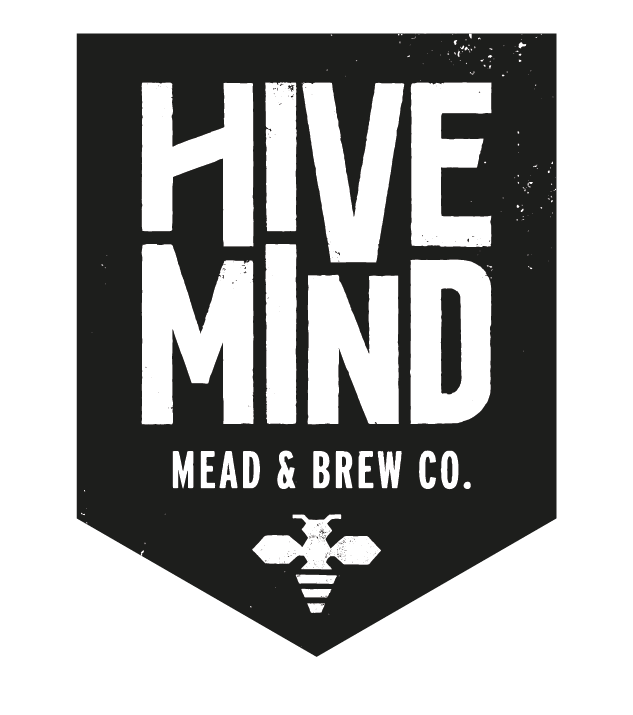
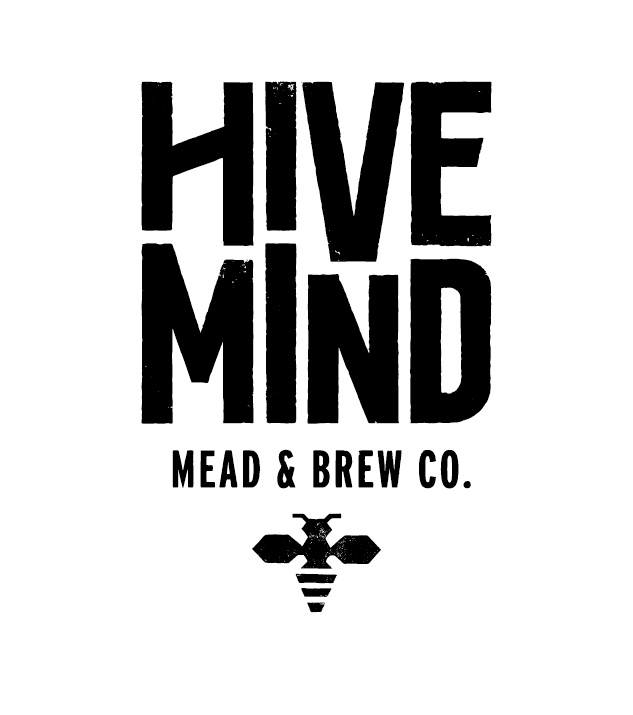
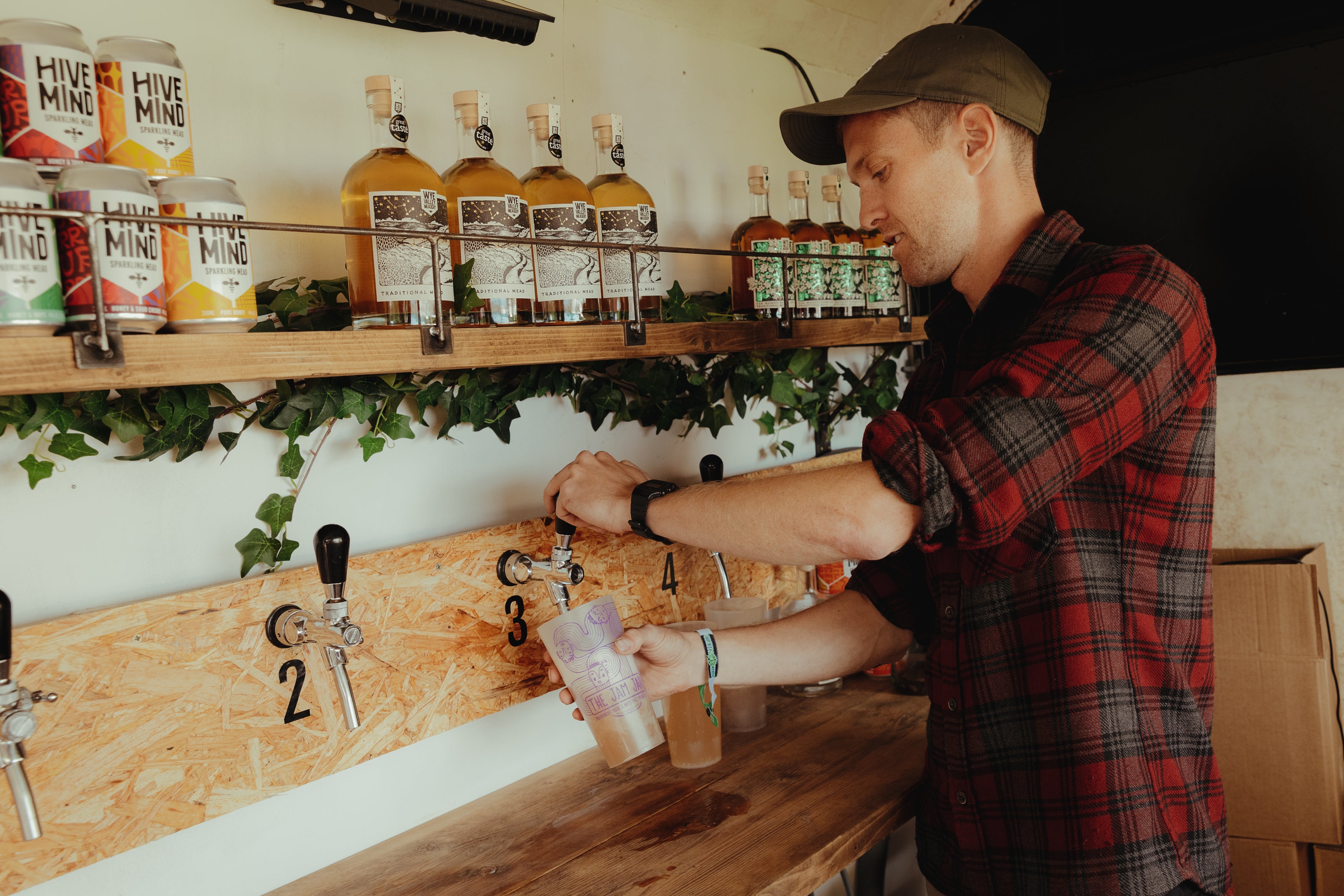
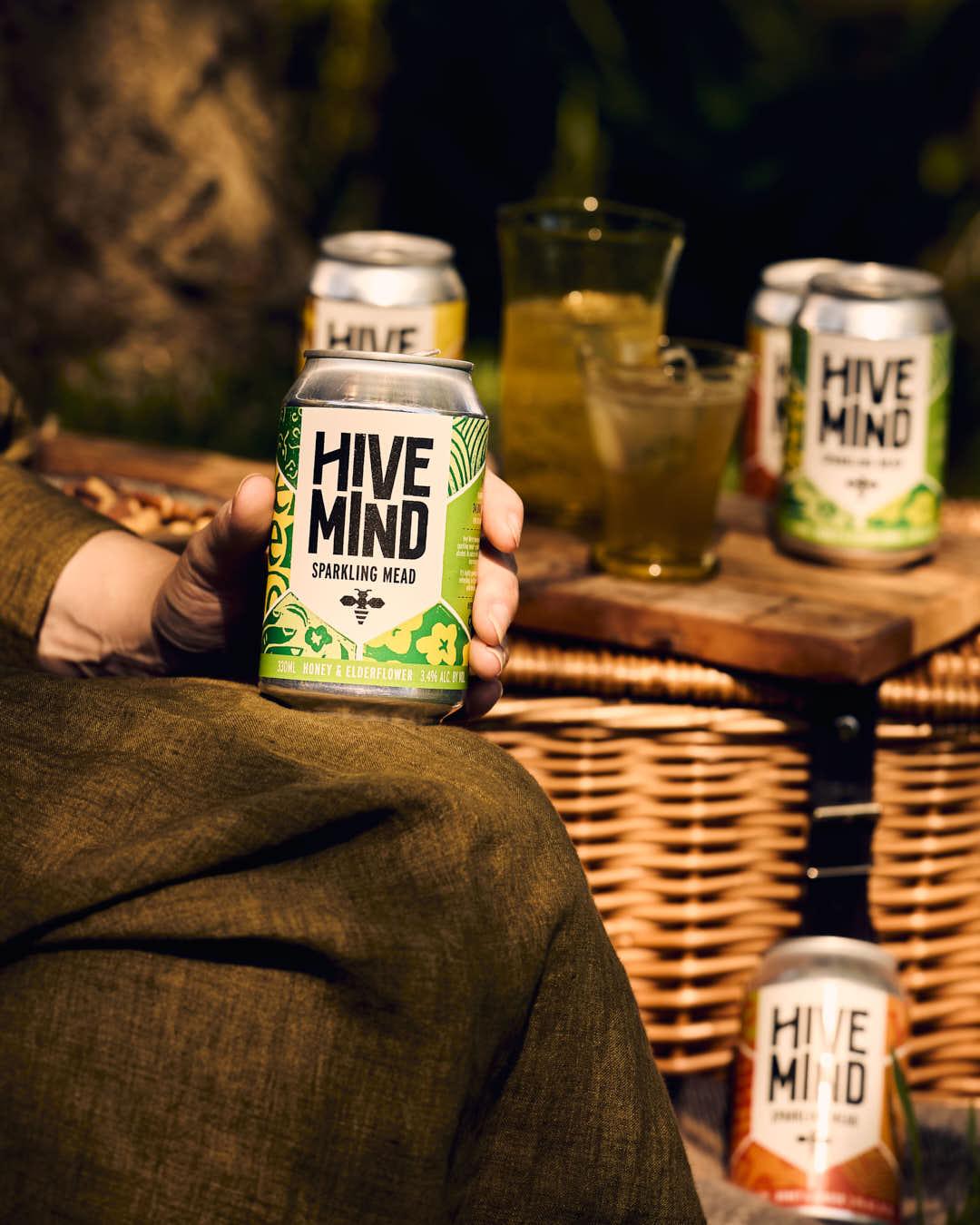
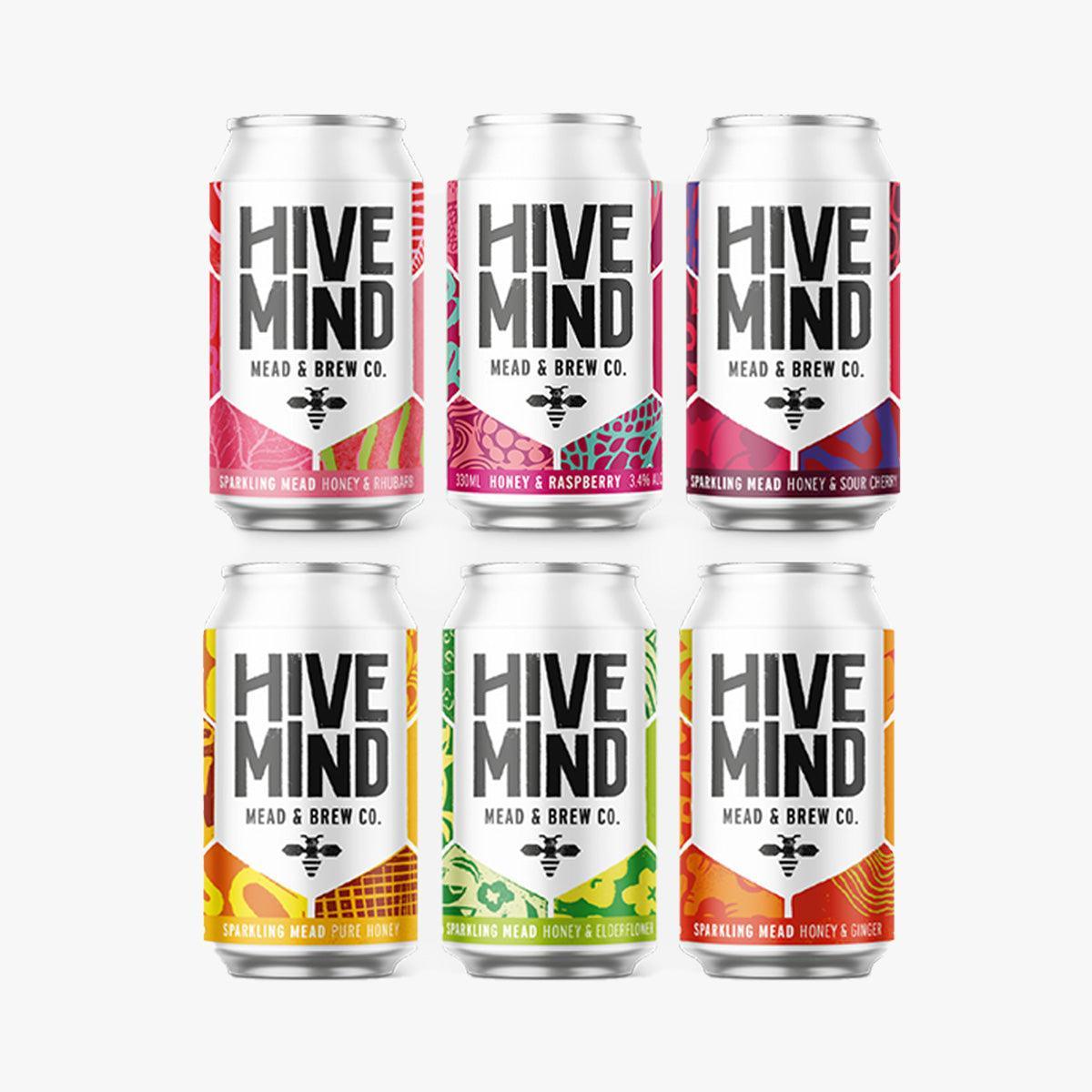

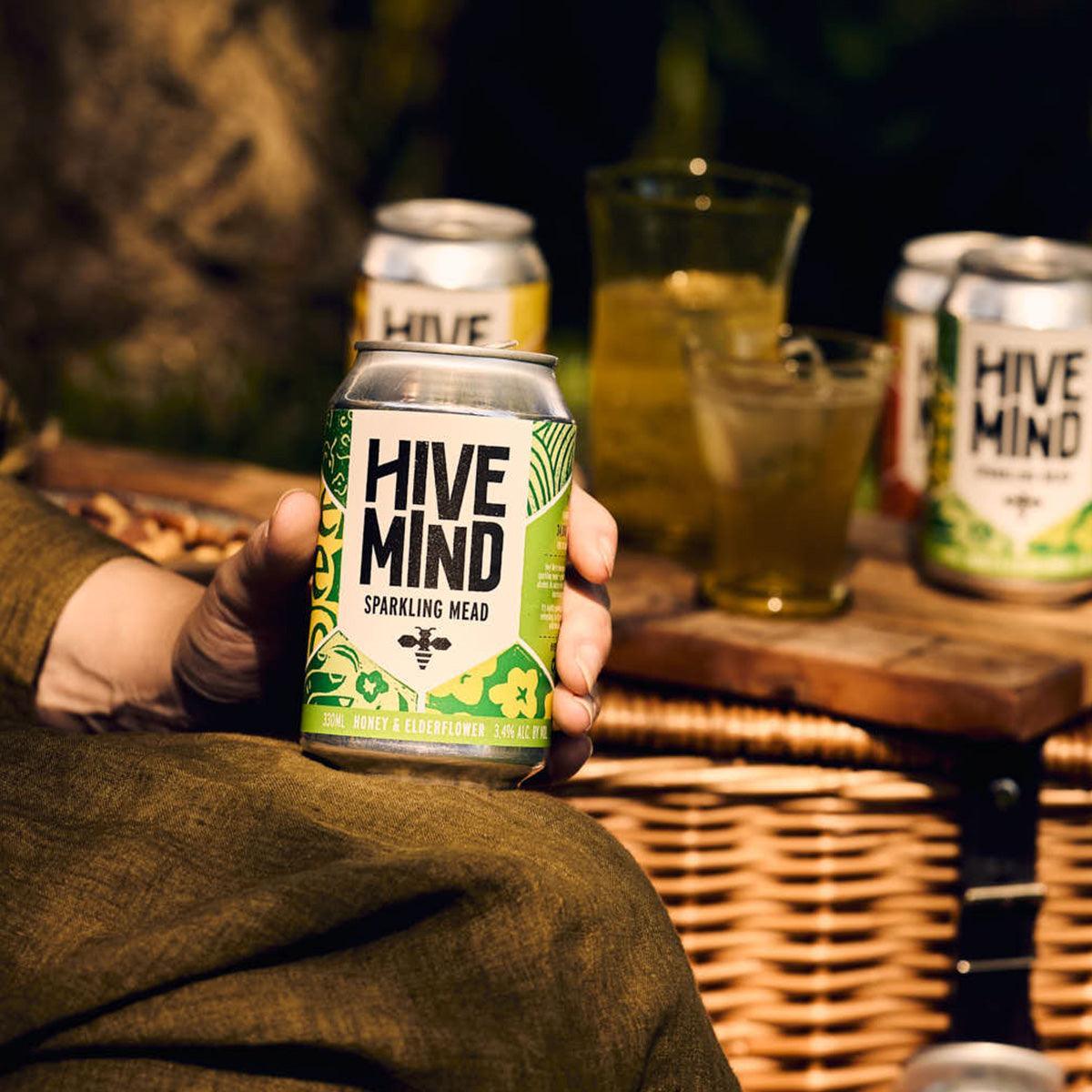
Share: